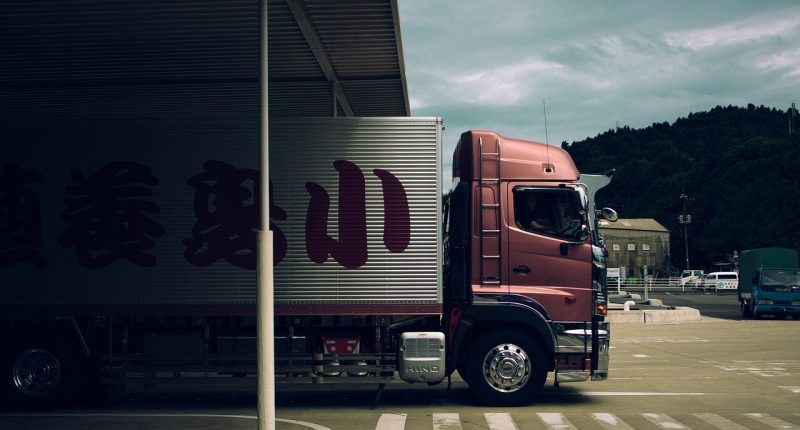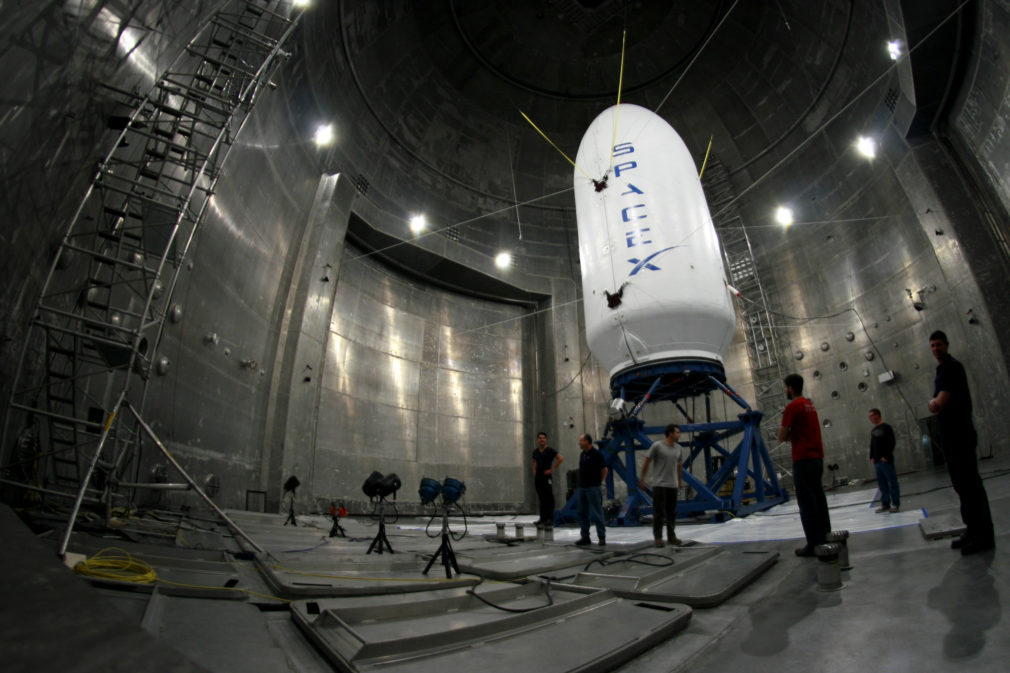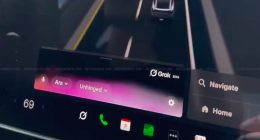Route planning or route mapping software is one of the main reasons people can receive their orders in one to two days. This product is the very brain of a delivery business as it helps map out routes based on the addresses imputed by an operator.
Its job is to find the fastest/shortest route based on the locations it receives. That’s called route sequencing and it reduces hours of planning with your head buried in a map to several minutes of computation.
But it can do even better if you apply route optimization.
Since most people use route planning and route optimization interchangeably, we thought it best to highlight the differences between the two terms. Also, we’ll pinpoint some of the main benefits of using optimization in your business.
Route Planning vs. Optimization
The main difference between the two stands in results.
The planning phase will provide a quick solution, with logically-organized stops and well-mapped routes. However, it does not consider all the variables that may influence the performance of the drivers, the road conditions, and it doesn’t provide cost-cutting solutions.
This is where optimization steps in, with companies like Circuit providing a route planning solution for the fastest route – with extra features. These features allow you to control the finer details of delivery such as vehicle weight limits, drivers’ experience, traffic patterns, and customers’ preferences.
Route optimization is done using Agile development processes, intelligent algorithms, and a SaaS deployment model. As a result, if something goes wrong (a driver can’t make it to work, a vehicle breaks down) it’s easy to adjust the parameters and get a new plan. Otherwise, you would be forced to rack your brains in search for a solution that might work.
The Benefits of Route Optimization
The main advantage that every business loves is a cut in costs. The software works hard to find the most efficient routes while servicing as many customers as possible. However, it also ensures customers will be satisfied with the delivery.
When it comes to online shopping, same-day delivery is what most customers expect to receive. This way, the gap between buying and actually getting the product is shortened, and people are more incentivized to buy. But it’s not just about speed – shoppers also expect their couriers to behave professionally and be careful towards their needs and parcels.
Optimization is at the core of big businesses that practice same-day or express delivery like Amazon, Uber, and others. But small businesses and startups can take advantage of these features as well. Let’s take Swiggy as an example – with the current pandemic scaring people away from stores, the company wants to introduce express delivery, to make sure everyone gets their groceries when they need them.
Furthermore, route optimization allows business owners to focus their brain power on matters of importance such as budget planning, marketing, sales, and more.
Wrap Up
In short, optimization is one of the reasons why the delivery has improved so much over the years. It helps businesses save precious time, it leads to lower costs, and it can easily take care of unexpected situations and variables.




